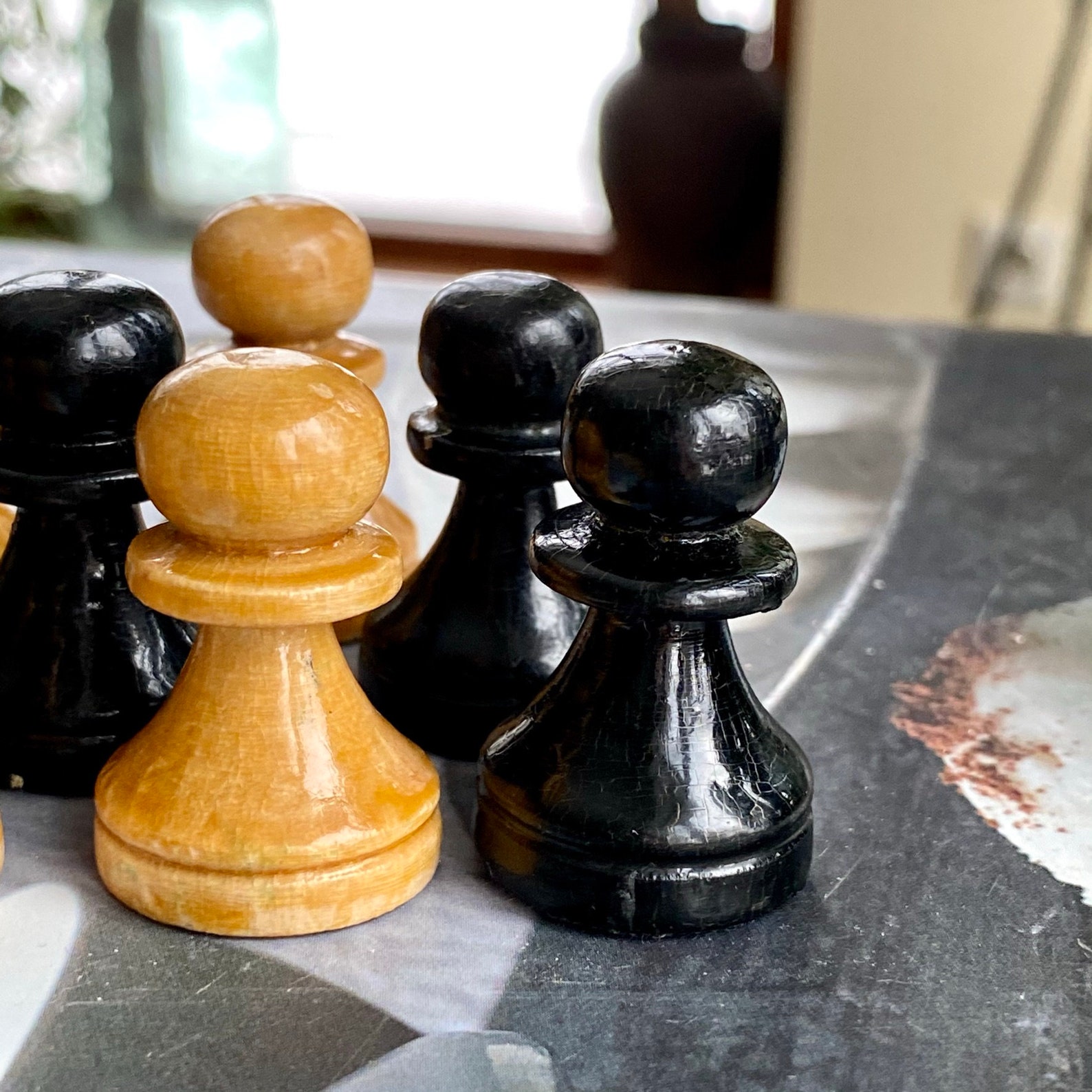

When a piece or pawn attacks his opponent's King, the King is said to be "in check”.

Once a pawn reaches the eighth and final rank or row, it can be converted into either a Bishop, Knight, Rook or Queen. This unusual move can only be done immediately – if one waits until the next turn it is not possible. If it lands beside an opposing Pawn, the opposing pawn can capture it and move to the square it jumped over. A pawn can never move backwards, only forward.Ī Pawn can be captured by another Pawn "en passant” or in passing when it begins by moving two squares. It can capture a piece on either diagonally adjoining square in front of it and then occupy that square. The knight is the only piece that can jump over other pieces.Ī player can choose to move a Pawn either one or two squares forward on the first move but may move it only one square forward each subsequent time. If the space to which it moves is occupied by an opposing piece, the Knight captures and removes it. It moves left, right, forward or backward one or two squares and turns one or two squares to form the "L” pattern. The Knight always moves following an "L” pattern of three squares and can jump over pieces of either colour. Castling can only occur if both pieces have not moved yet, the squares between the two are not occupied and the King is not in check, moving into check or castling through a square that is attacked. The King moves two squares left or right toward the Rook, and the Rook moves to the square on the King's other side. They cannot jump over or replace pieces of their own colour, but they can capture an opposing piece by landing on its square and removing the piece.Ī Rook can also work with the King to make the castling move one time in a game. The Rook moves only horizontally or vertically, whereas the Bishop moves only diagonally. The Bishop and Rook can move any distance in one direction each turn. A King can never move directly beside the other King. Both King and Queen capture an opposing piece by landing on its square and removing it from the board. The King can move only one square each turn, but the Queen can go any distance if there are no intervening obstacles. The King and Queen can move in any direction: on the diagonal, sideways, backward or forward to any unoccupied square. The eight Pawns occupy the row in front of the main pieces. The Rooks go in the corners, the Knights on the adjacent squares, the Bishops next, and the Queen on the central square of her own colour, with the King on the adjacent square. To set up the board each player places the pieces of his colour on his side of the board. The players face each other with a light square on each player's bottom right corner of the board. Each player has a King with a cross on top, a Queen topped with a crown, two Rooks with castle shaped tops, two Bishops marked with clefts or mitres, two Knights with the head of a horse and eight Pawns. Players take turns moving one piece at a time - with a white piece or pawn making the first move.Ī chessboard has 64 alternately coloured dark and light squares. The object of the game is to capture the opposing King. The first step is to learn the way the pieces are moved and the basic rules of the game. Chess is a game of skill and strategy that can be played by players at any level from beginner to Grandmaster.


 0 kommentar(er)
0 kommentar(er)
